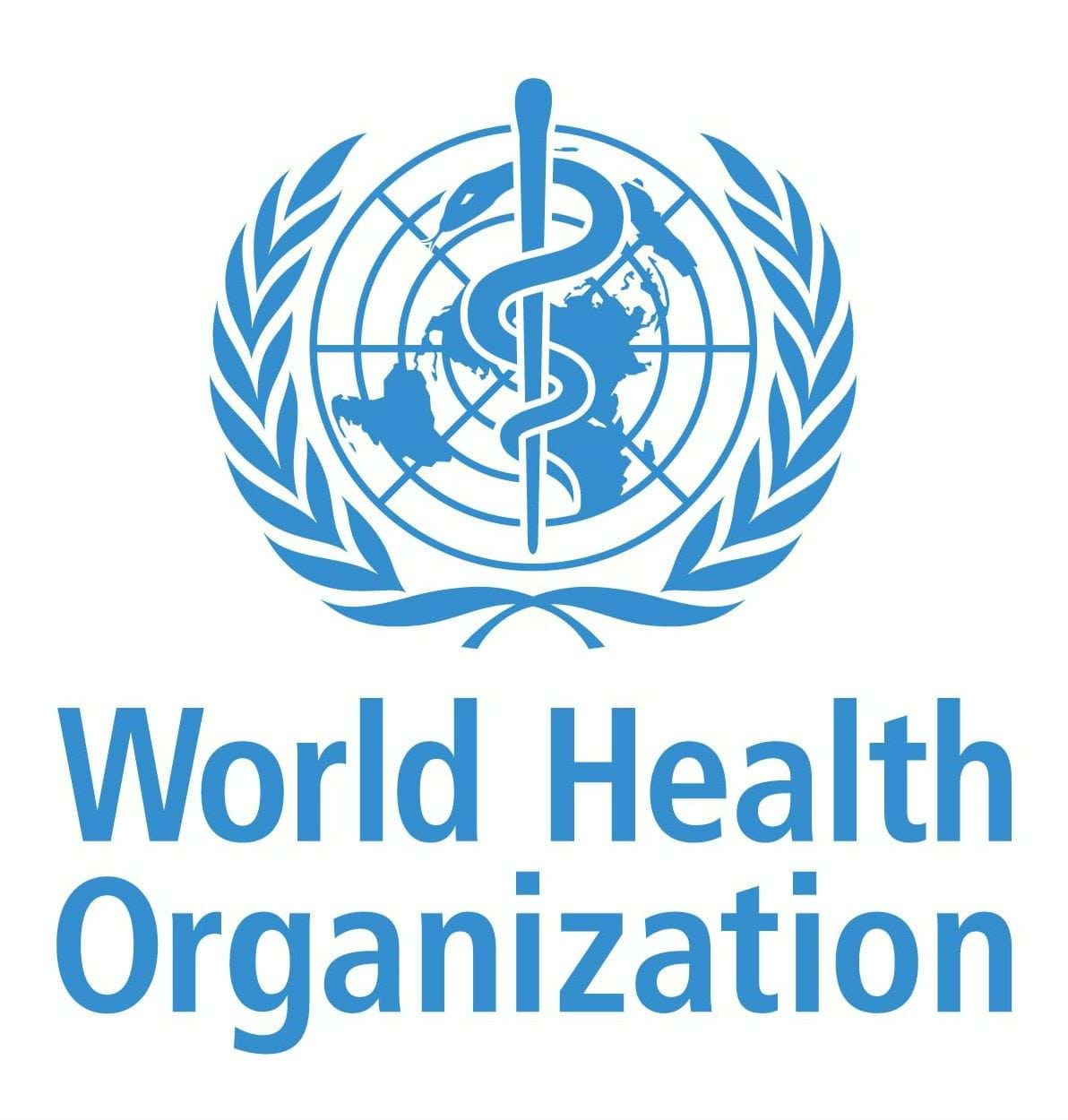By WHO
About 1.3 billion of the world’s population are adolescents, defined as those aged 10-19 years.
Adolescents bear long periods of exposure to, and consequences of health risks yet are often least able to influence their environment and make decisions for their own well-being. Therefore, measurement of health behaviours and determinants, outcomes, and policy and programme implementation are essential for improving adolescent health now and for future generations.
To improve global and national adolescent health measurement, WHO in collaboration with UNAIDS, UNESCO, UNFPA, UNICEF, UN Women, the World Bank Group, and the World Food Programme, established the Global Action for Measurement of Adolescent health) Advisory Group in 2018. A key milestone was achieved in 2023 with the selection of 47 priority indicators around the most important health issues. The 47 GAMA-recommended indicators span across six domains: (1) programmes, policies and laws, (2) systems performance and interventions, (3) social, cultural, economic, educational, and environmental health determinants, (4) health behaviours and risks, (5) subjective well-being and (6) health outcomes and conditions.
This supplement describes the methods and results of the selection of the 47 adolescent health indicators:
- How the indicators were selected and why they illustrate the most comprehensive picture of adolescent health;
- How countries, young people and other stakeholders were involved in the process;
- How the indicators align across different initiatives and data collection instruments; and
- How the indicators complement the Sustainable Development Goals.
Programme information:
Moderators: Ms Charity Giyava and Dr Dakshitha Wickremarathne
Agenda
- Welcome remarks
- Supplement highlights and overview
- Panel discussion including UN and country representatives

.png?sfvrsn=6d0e27cd_1)



